- Toronto +1 (416) 633-5921
- Burlington +1 (905) 581-4015
- Ottawa +1 (613) 731-6224
As we move closer to 2025, the intersection of energy efficiency and aesthetic appeal in modern windows is becoming increasingly significant in the architecture and design landscape. In an era where sustainability is paramount and home aesthetics are equally prioritized, the evolution of modern windows reflects innovative solutions that cater to both environmental concerns and visual elegance. Industry expert, Jane Smith, a leading figure in window technology, emphasizes this trend by stating, "The future of modern windows lies in their ability to blend efficient performance with stunning design, creating spaces that are both beautiful and sustainable."
The upcoming trends in modern windows are set to redefine the standard in building and remodeling projects. From advanced glazing techniques to sustainable materials, homeowners and architects alike are seeking options that not only enhance energy efficiency but also elevate the visual appeal of their structures. As consumers become more educated about energy performance ratings and the variety of design choices available, the demand for modern windows that reflect personal style while contributing to eco-friendly practices continues to grow.
In this exploration of the top modern window trends for 2025, we will delve into cutting-edge designs, innovative technologies, and sustainable materials that promise to make a lasting impact on both the beauty of our homes and the environment. The right choice in modern windows is not just an aesthetic decision; it is a commitment to creating a more sustainable future.
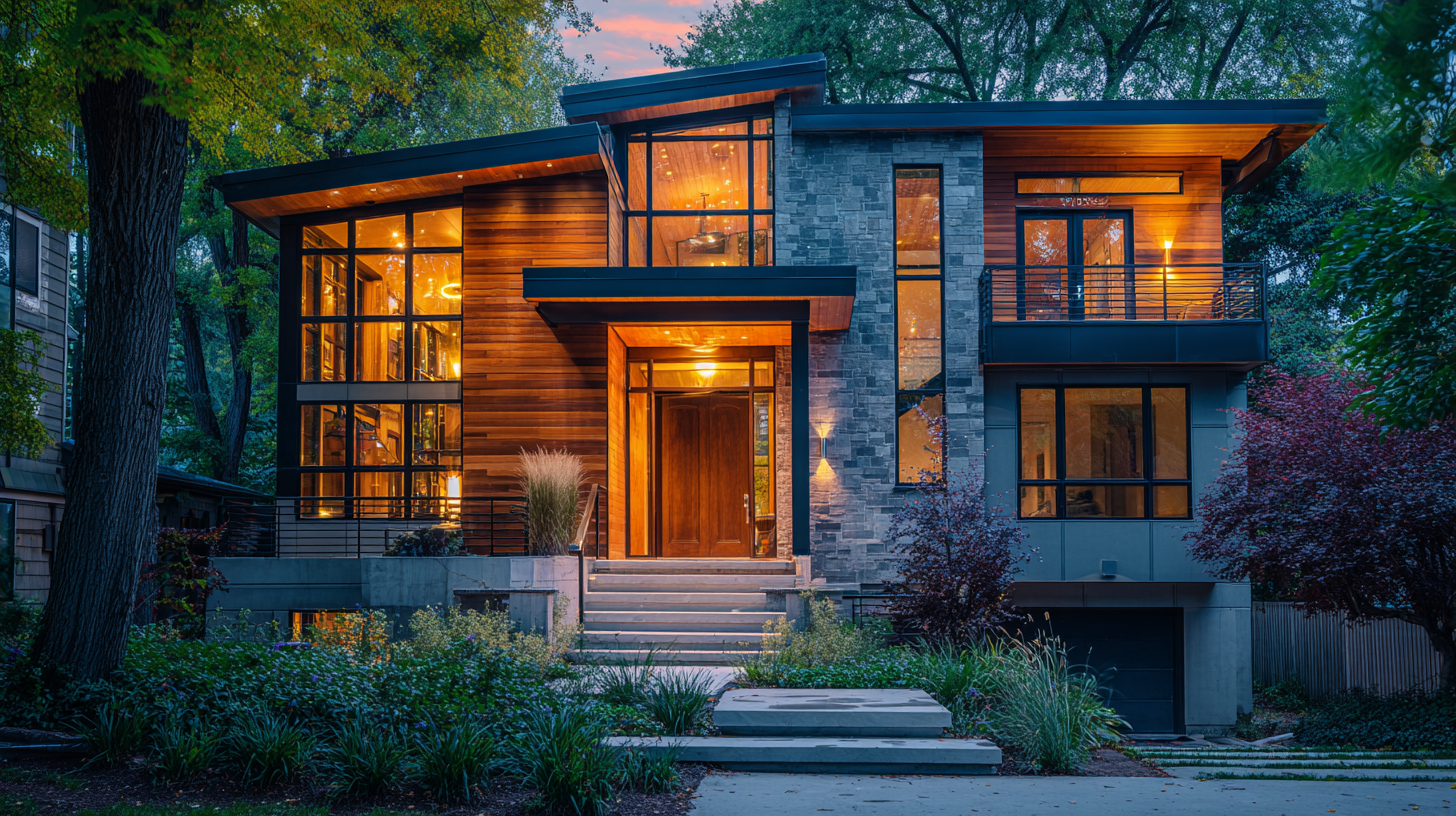
In the quest for energy efficiency, advanced glazing solutions are setting new benchmarks in window technology. These innovations not only enhance thermal performance but also contribute to the aesthetic value of modern homes. High-performance multi-pane glazing systems, particularly those that integrate vacuum insulation or gas fills, showcase remarkable insulating properties, drastically reducing heat transfer. Moreover, low-emissivity (Low-E) coatings applied to glass surfaces enable windows to reflect interior heat while allowing sunlight to enter, creating a comfortable indoor environment without excessive energy use.
In addition to thermal benefits, advancements in smart glass technology are reshaping the way windows interact with the external environment. Photochromic and thermochromic materials, which change their tint based on sunlight exposure and temperature, provide dynamic light control and enhanced privacy while minimizing glare. Furthermore, these state-of-the-art solutions are designed to retain their energy-saving properties without compromising the visual appeal of architectural designs. As homeowners increasingly prioritize both sustainability and style, integrating such innovative glazing technologies will undoubtedly define the windows of tomorrow.
As we move toward 2025, the integration of smart windows is revolutionizing the way we think about energy efficiency and sustainability in building design. Smart windows, equipped with Internet of Things (IoT) technology, have shown the potential to significantly reduce energy consumption by dynamically adjusting their tint and transparency based on environmental conditions. According to the latest report from the Global Smart Windows Market, the adoption of these systems is projected to grow at a CAGR of over 20% through the next five years, indicating a robust demand for innovative solutions that address energy challenges.
Moreover, studies reveal that smart windows can decrease heating and cooling costs by up to 30%, which is critical as building energy consumption accounts for approximately 40% of total energy use in developed countries. By utilizing sensors and automated systems, smart windows not only enhance aesthetic appeal through design versatility but also contribute to sustainability goals, making them a preferred choice for architects and builders focused on eco-friendly projects. The integration of IoT technology creates a seamless experience where windows become active participants in energy management, paving the way for more sustainable and efficient buildings in the future.
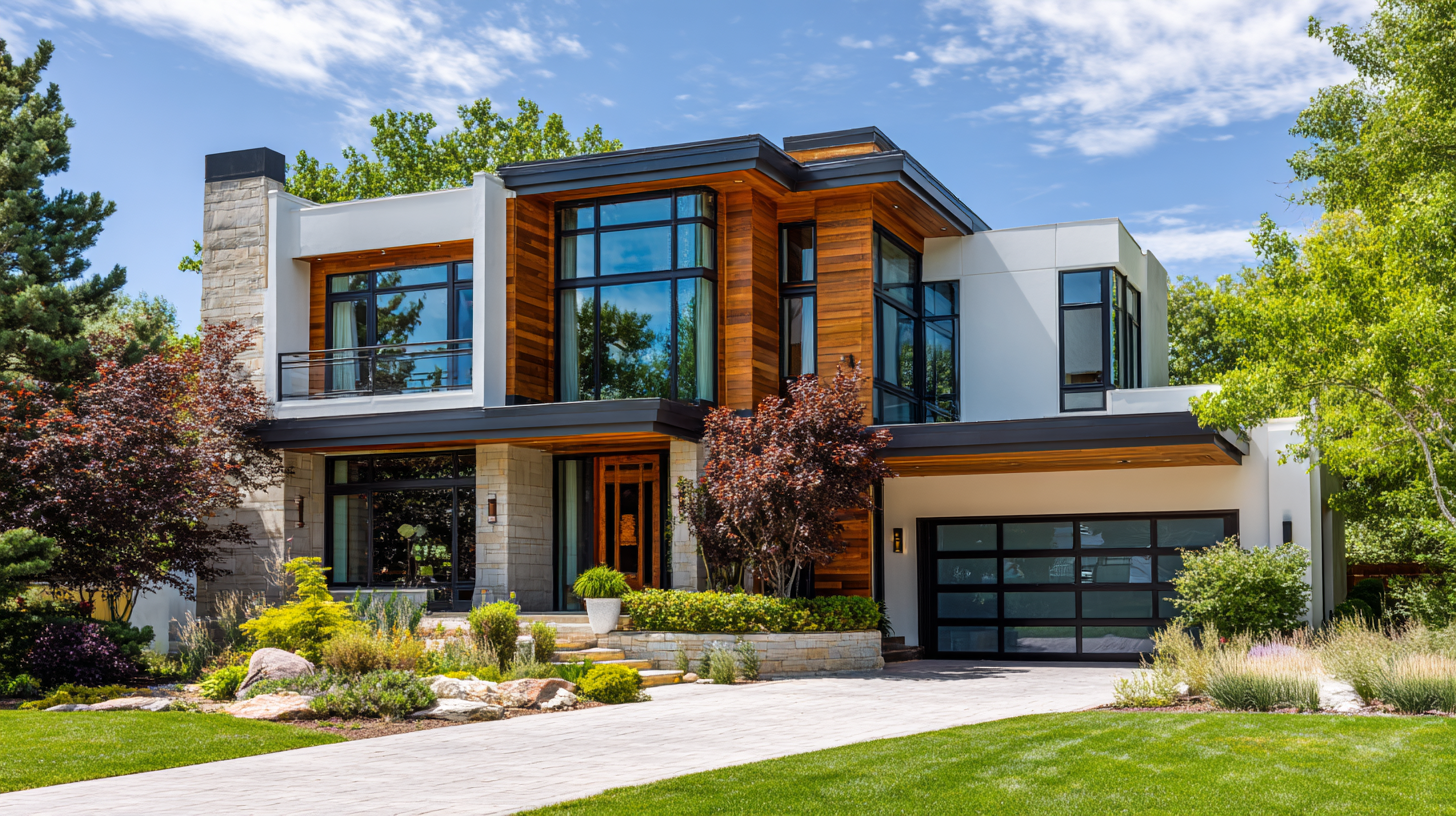
One of the most significant trends in modern window frames is the shift toward
sustainable materials
that offer both aesthetic appeal and
energy efficiency. Recently,
environmentally friendly options such as fiberglass,
reclaimed wood, and aluminum clad wood have gained popularity. These materials not
only contribute to a lower carbon footprint but also provide a sleek, contemporary
look that appeals to today’s homeowners. Fiberglass frames,
for instance, are known for their durability and low thermal conductivity, making
them an ideal choice for energy-efficient homes while maintaining a polished aesthetic.
In addition to material choices, color and finish trends are evolving to enhance
visual appeal. Warm, earthy tones
and bold, dark finishes are becoming
more prevalent, allowing homeowners to personalize their windows to align with their
overall architectural vision. Furthermore, innovative designs such as
slim frames and
expansive glass panels are creating a seamless
indoor-outdoor connection, maximizing natural light while improving energy efficiency.
This emphasis on aesthetics does not compromise functionality; rather, it underscores
a holistic approach where beauty
and performance go hand in hand in modern window design.
The orientation of windows plays a crucial role in maximizing energy efficiency within modern buildings. According to a study published by the American Society of Heating, Refrigerating and Air-Conditioning Engineers (ASHRAE), strategically positioned windows can enhance energy savings by up to 30%. This is primarily linked to how different orientations affect solar heat gain and natural lighting throughout various seasons. For example, south-facing windows tend to absorb more sunlight during winter, reducing heating costs, whereas north-facing windows can keep indoor spaces cooler during the summer months, minimizing the reliance on air conditioning.
Furthermore, a report from the U.S. Department of Energy emphasizes the importance of window shading techniques, which are greatly influenced by orientation. Integrative designs that utilize overhangs and awnings on east and west-facing windows can significantly reduce cooling loads by blocking excessive sunlight during peak hours. By incorporating these principles into window design, homeowners can achieve a harmonious balance between energy efficiency and aesthetic appeal, leading to more sustainable living environments. The future of window trends will undoubtedly focus on optimizing orientation to harness natural resources while maintaining visual appeal.
In 2025, innovative window treatments are at the forefront of blending energy efficiency with aesthetic appeal, reflecting the latest trends in home design. Custom window coverings, such as shades and blinds, are becoming increasingly popular, allowing homeowners to personalize their spaces while ensuring optimized energy performance. As smart home technology evolves, the integration of automated window coverings is also on the rise, offering convenience and enhanced energy savings.
**Tips:** When choosing window treatments, consider materials that provide insulation while complementing your interior design. Look for options that can be adjusted easily to control natural light and privacy, maximizing both comfort and style in your living space.
Moreover, the latest market trends indicate a significant growth in demand for high-quality, customizable options that cater to individual needs. Homeowners are encouraged to explore various styles and functionalities, ensuring their selections are not only visually appealing but also contribute to overall energy efficiency in their homes.
**Tips:** Invest in designs that align with your home's architecture and color scheme. Remember that layering treatments can enhance insulation and add depth to your decor, offering a stylish and practical solution for modern living.
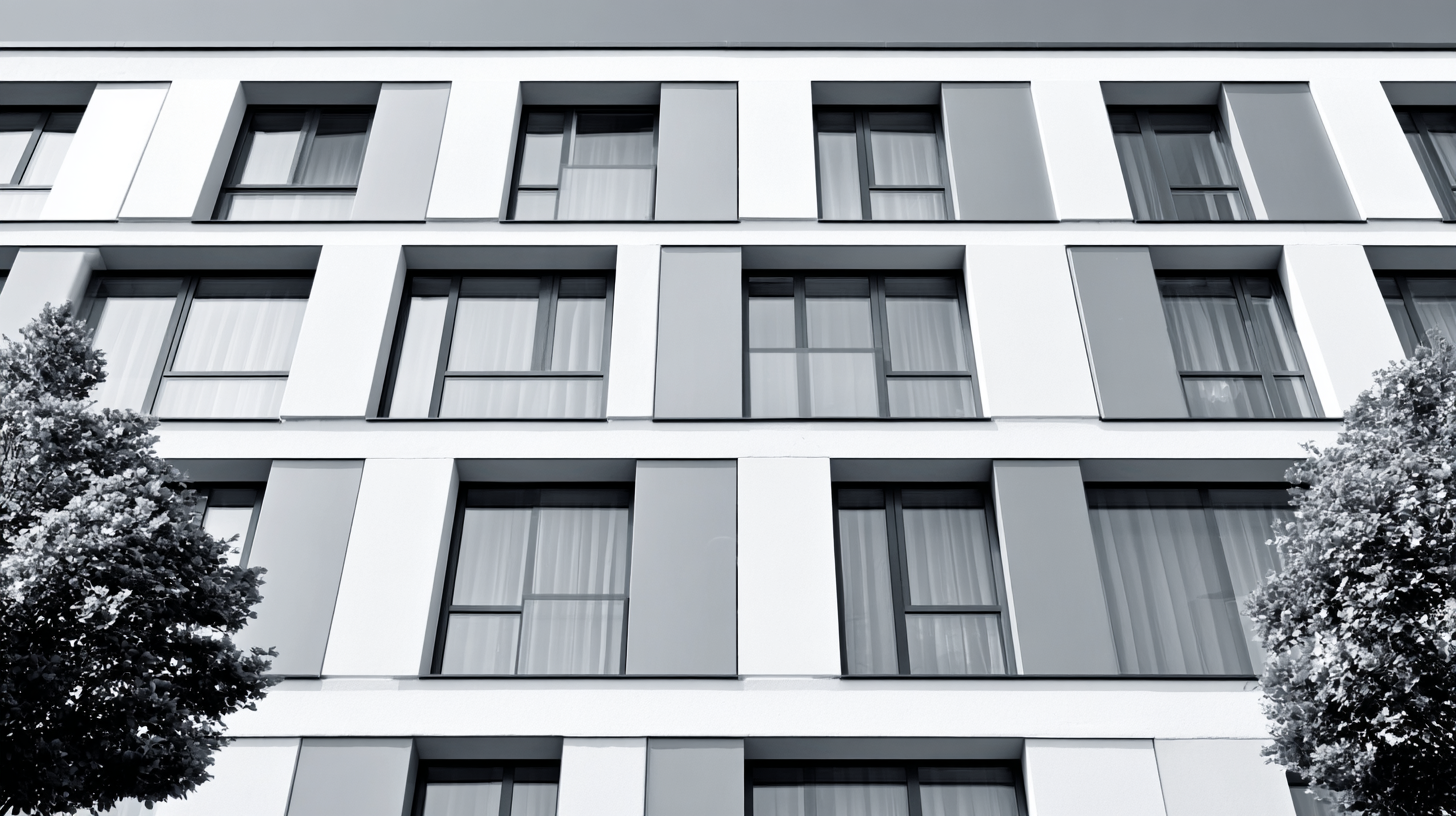


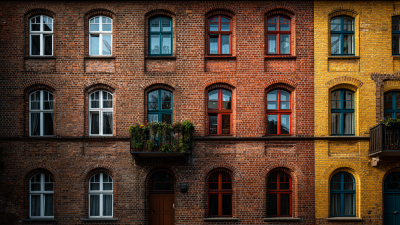

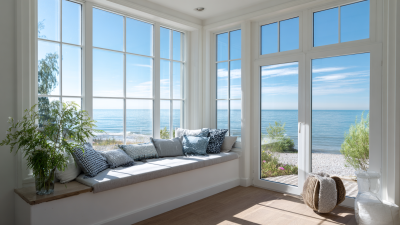
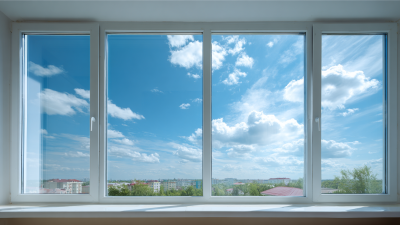
Call us one of our 3 offices across Ontario, Canada
Thanks for contacting us!
We'll get back to you as soon as possible.